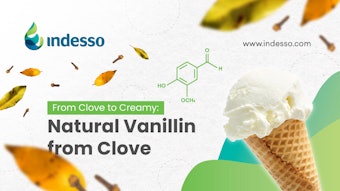A recent study by scientists from Monell Chemical Senses Center, National Cancer Institute and Universtiy of Zurich indicate that red panda is the first non-primate mammal to display a liking for the artificial sweetener aspartame—a preference resulting from molecular difference in taste receptors.
The study of preferences for six natural sugars and six artificial sweeteners was conducted on a red panda (primarily herbivores), ferret, genet, meerkat (insectivores), mongoose and lion (obligate carnivores). For each sweet molecule, the animals were given access to both the sweet solution and water for 24 hours, and their preference for a sweet solution was decided when they drank much more sweet fluid than water. The findings revealed that only the red panda—which has a unique taste receptor structure—drank large amounts of the artificial sweeteners aspartame, neotame and sucralose. It also suggests that the receptor mechanisms for sweet taste are more complex than previously suspected.
Of these findings, Joseph Brand, a biophysicist at Monell said, “The red panda’s unique taste receptor gives us a tool to broaden our understanding of how we detect sweet taste. Greater insight into why we like artificial sweeteners could eventually lead to the development of more acceptable sugar substitutes, potentially benefiting diabetics and other individuals on sugar-restricted diets.”
Future studies will explore how protein structure of taste receptor genes predicts stimulus binding, thus providing insight into how variations in taste receptor genes affect taste perception, food choice and nutritional status.










